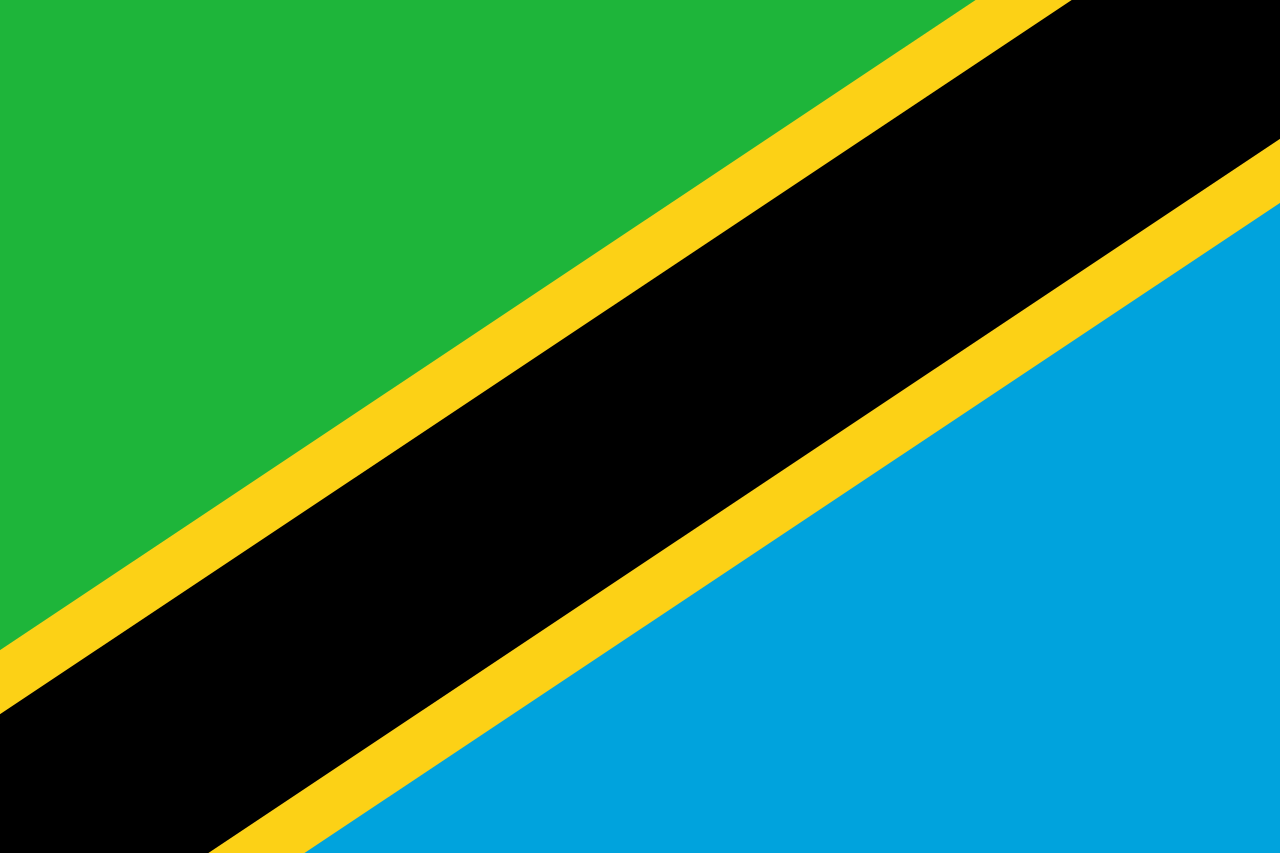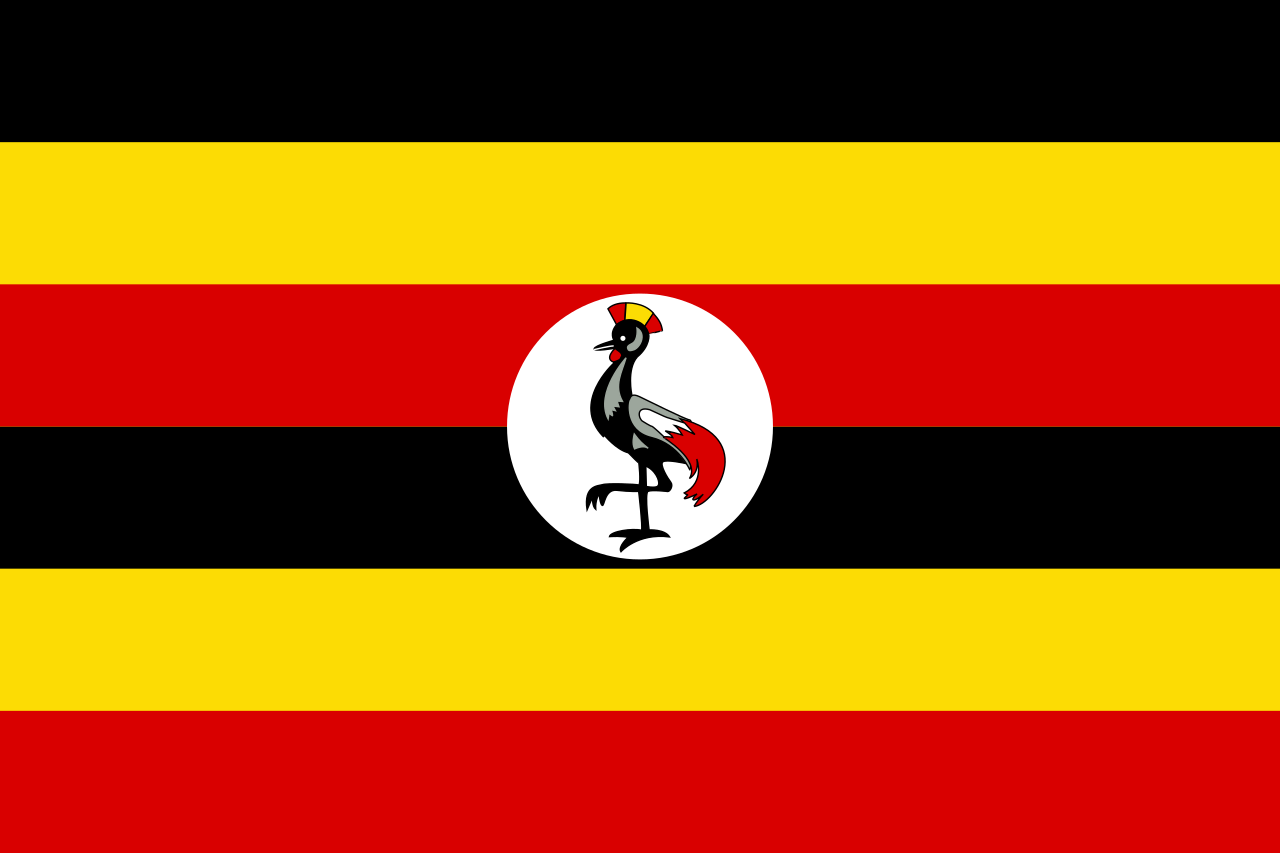DAR ES SALAAM, March 24 (Xinhua) -- Tanzania has received over 1.8 million tourists between 2021 and 2023, earning a revenue of about 3.37 billion U.S. dollars, a senior government official said on Sunday.
"Tanzania now ranks second in Africa for attracting tourists after Ethiopia in the post-COVID-19 era, and it ranks third in tourist earnings after Morocco and Mauritius," said Mobhare Matinyi, chief government spokesperson and director of Information Services.
Matinyi made the remarks when addressing a news conference in the port city of Dar es Salaam on achievements made over the past three years after Samia Suluhu Hassan, the incumbent president of Tanzania, took office.
Tanzania has continued scooping various global tourism awards in recognition of its efforts in promoting the tourism industry, he said. - Xinhua








